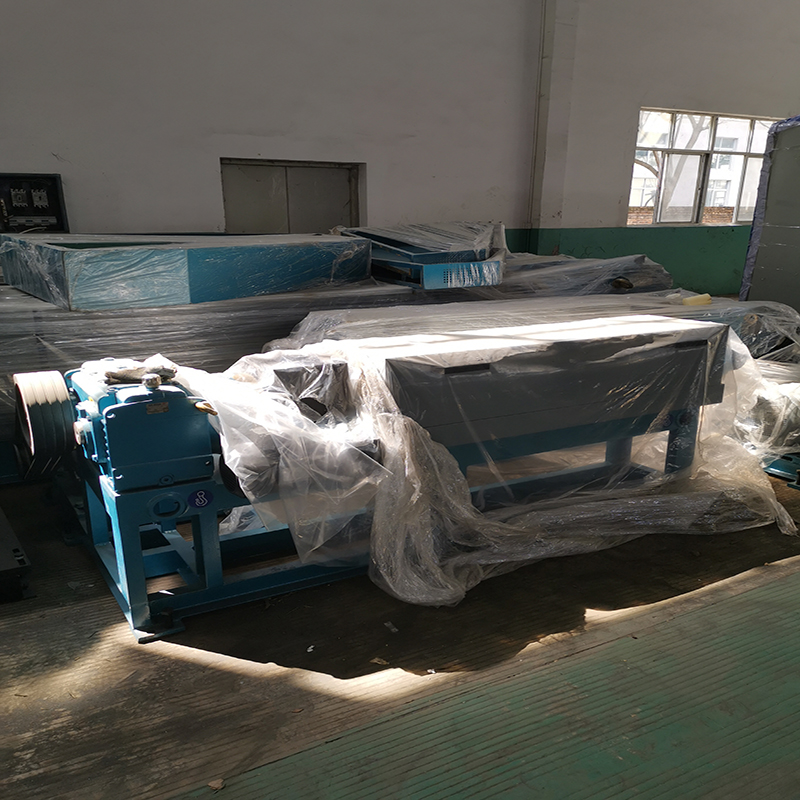Tecido spunbond PP, abreviação de tecido não tecido spunbond de polipropileno, é um material versátil que encontrou seu caminho para uma infinidade de aplicações em diversos setores. Este produto têxtil inovador é conhecido pela sua resistência, durabilidade, and environmental friendliness, making it an increasingly popular choice in the world of modern manufacturing.
Understanding PP Spunbond Fabric

Polipropileno (PP) spunbond fabric is a nonwoven fabric created through a unique process where continuous filaments of polypropylene are extruded, stretched, and then bonded together to form a web-like structure. Unlike woven or knitted fabrics, the fibers in spunbond fabric are not interlaced, giving it a uniform texture and allowing for customizable properties based on the intended use.
Manufacturing Process
The production of Tecido spunbond PP begins with the melting of polypropylene resin pellets, which are then transformed into continuous filaments through an extrusion process. These filaments are rapidly cooled and solidified before being laid down randomly to create a web. Subsequently, bonding takes place either thermally or mechanically, ensuring the filaments adhere to one another without the need for weaving or knitting.
Properties and Advantages
1.Strength and Durability: PP spunbond fabric is lightweight yet incredibly strong due to its long, continuous filaments. It offers excellent tensile strength, tear resistance, and abrasion resistance, making it suitable for demanding applications.
2.Versatility: The material can be engineered with varying thicknesses, weights, and finishes to meet specific performance requirements. It can also be easily combined with other materials to enhance functionality.
3.Moisture Resistance: Polypropylene is hydrophobic, meaning it repels water, making spunbond fabric ideal for moisture barrier applications like agriculture covers, medical disposables, and outdoor furniture.
4.Economic and Cost-Effective: Production efficiency and low raw material cost make PP spunbond fabric an affordable option compared to traditional textiles.
5.Sustainability: PP spunbond fabric is 100% recyclable and often derived from post-consumer waste. Its lightweight nature reduces transportation costs and carbon footprint. Furthermore, since it doesn’t require water-intensive processes like cotton, it conserves natural resources.
PP spunbond fabric’s broad applicability spans various sectors:
Medical and Hygiene: Used in surgical gowns, drapes, masks, lenços umedecidos, and disposable bed sheets.
Agricultura: As crop covers, soil stabilization mats, and seed blankets.
Filtração: In air and liquid filtration systems due to its high porosity and dirt holding capacity.
Embalagem: For protective packaging in food, electronics, and pharmaceutical industries.
Geotêxteis: To reinforce roads, railways, and embankments, as well as in landscaping and erosion control.
Fashion and Apparel: As linings, interlinings, and backing materials in sportswear and activewear.
Home Furnishings: For upholstery, mattress ticking, and carpet underlay.
PP spunbond fabric stands out as a multifaceted material that combines versatility with sustainability. Its ability to adapt to different needs and environments makes it a go-to solution for many industrial applications. As technology continues to advance, we can expect even more innovative uses of this dynamic fabric, further cementing its role in the future of textiles and materials science.
